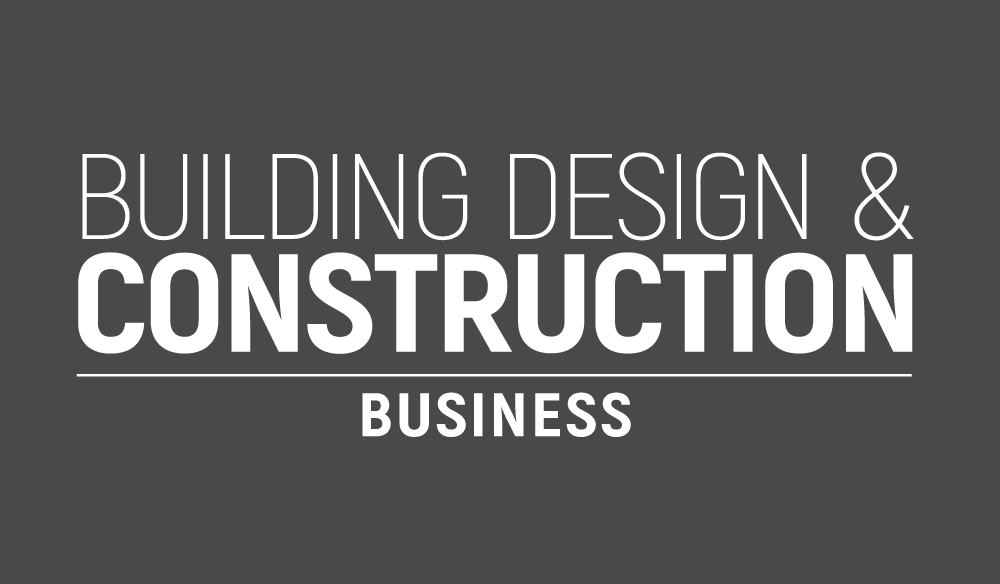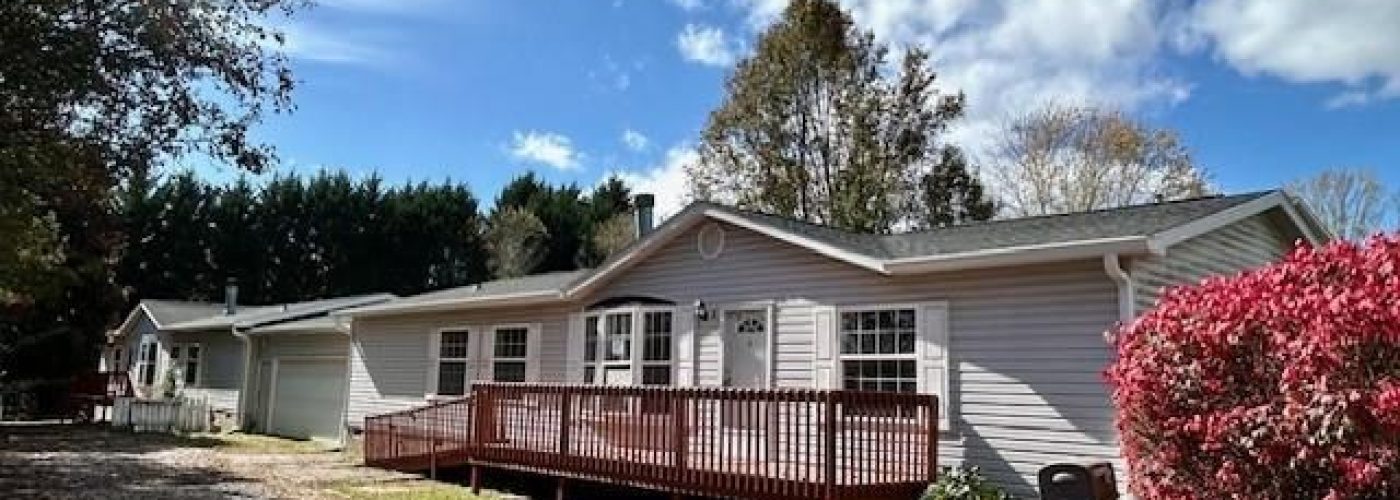Over the last few years, the Carolinas have witnessed a significant upswing in real estate investment in the form of distressed homes. Such properties—most often foreclosures, abandoned houses, or houses in poor condition—are finally starting to generate interest among investors, flippers, and even first-time homebuyers who want a way into a hot housing market. But what is driving the renewed interest, and how is it impacting local remodeling and construction sectors?
This growing phenomenon isn’t just reshaping neighborhoods—it’s altering the topography of how houses become repaired, rebuilt, and resold across North and South Carolina.
Why Distressed Properties Are Becoming Popular in the Carolinas
The Carolinas offer a unique mix of urban growth, affordable suburbs, and rural charm. With the population growing in cities like Charlotte, Raleigh, Greenville, and Charleston, demand for housing is outpacing supply. The imbalance is sending buyers looking for alternative opportunities—namely, distressed properties.
Several key factors are fueling this trend:
- Affordability: Distressed homes typically sell below market value, allowing investors and buyers to enter the real estate market at a lower cost.
- High ROI Potential: When renovated properly, these homes can generate strong returns through either resale or rental income.
- Tight Inventory: With fewer move-in-ready homes available, distressed properties present a viable path for those who are priced out of the standard market.
- Flexible Buyer Pool: Cash buyers, house flippers, and investment groups are less concerned with cosmetic issues, making distressed homes ideal targets.
All of these elements combined have created an ecosystem where distressed home purchases are not only common but also increasingly profitable.
The Renovation Ripple Effect
The boom in distressed property sales is having a major impact on the construction and renovation industries. With investors purchasing rundown houses, the demand for skilled labor, quality materials, and creative design solutions is on the rise.
Renovation experts, interior designers, and contractors are all seeing a considerable spike in demand for work on these houses. The projects typically involve everything from structural repair and roof work to rewiring, HVAC installation, and cosmetic renovations. In some cases, homes are basically rebuilt from the studs.
For local economies, it’s a mixed picture. On the one hand, it boosts employment and assists small firms. On the other, it can strain supply chains and raise costs for labor and materials—especially in fast-growing metros where demand is already high.
Impact on Neighborhoods and Communities
When an empty troubled home sits vacant, it has a tendency to drag down the value of surrounding properties and is even a potential safety risk. That’s why the growing trend of taking back these homes provides more than just financial promise—it improves the overall quality of life in many communities.
House flipping is not just about making money; it’s about restoring value to an entire neighborhood. Nicely restored homes bring new families in, reduce crime rates, and encourage additional investment into nearby homes. Governments also encourage such efforts through incentives, expedited permits, or community revitalization programs.
However, there are concerns to be addressed. Rapid redevelopment can lead to gentrification, displacing long-term residents and changing the character of established communities. The key is finding a balance between renewal and preservation.
The Risks and Challenges for Buyers
Buying a distressed home isn’t for the faint of heart. These properties come with baggage—sometimes literally. Mold, pests, outdated wiring, water damage, and foundational issues are just a few of the problems that can turn a bargain into a budget buster.
Before diving in, buyers should always:
- Conduct a professional home inspection
- Research local permit requirements
- Set a realistic renovation budget (and include a contingency fund)
- Be prepared for delays and surprises during construction
The most successful investors are those who know when to tackle a project themselves and when to call in the pros.
You can learn more about how to navigate these purchases and find opportunities in the Carolinas here, where local experts specialize in helping buyers and sellers of distressed properties.
How This Trend Benefits the Carolinas
Beyond individual profits, the movement toward buying and renovating distressed homes is having a broader economic impact. Here’s how:
- Revitalizing Underused Areas: Older neighborhoods that once struggled with vacancy and decline are now seeing new life.
- Job Creation: The construction boom is creating steady employment for contractors, electricians, plumbers, and more.
- Increased Tax Revenue: Renovated homes often have higher assessed values, contributing more to local tax bases.
- Sustainable Development: Fixing up an existing home has a lower environmental footprint than new construction, making it a greener choice.
With the Carolinas continuing to attract new residents and businesses, this trend is likely to accelerate.
The Future of Distressed Property Investment in the Region
As interest rates stabilize and housing demand remains robust, the Carolinas’ distressed property market ought to keep growing. Investors are already shifting focus away from the larger cities to suburban and rural neighborhoods where inventory may be cheaper, and opportunities for rehabilitation more abundant.
Technology is assisting, too. Online sites and virtual tours are making it easier to scout and buy properties from a distance, once more expanding the buyer pool.
Yet competition is growing fiercer. More sophisticated investors are jumping in with all-cash offers and turnaround teams that act quickly. For beginners, it’s more important than ever to get schooled, build a strong network, and study the local market forces.
Final Thoughts
The increasing demand for distressed houses across North and South Carolina is more than a real estate trend—it’s an indicator of broader changes in the way people participate in real estate, homeownership, and community.
Though the journey from “distressed” to “dream home” may not be smooth sailing, the payoff can be enormous. As an investor, contractor, or would-be homeowner, understanding this shift could lead to new and tantalizing opportunities in one of the nation’s most sizzling real estate markets.





